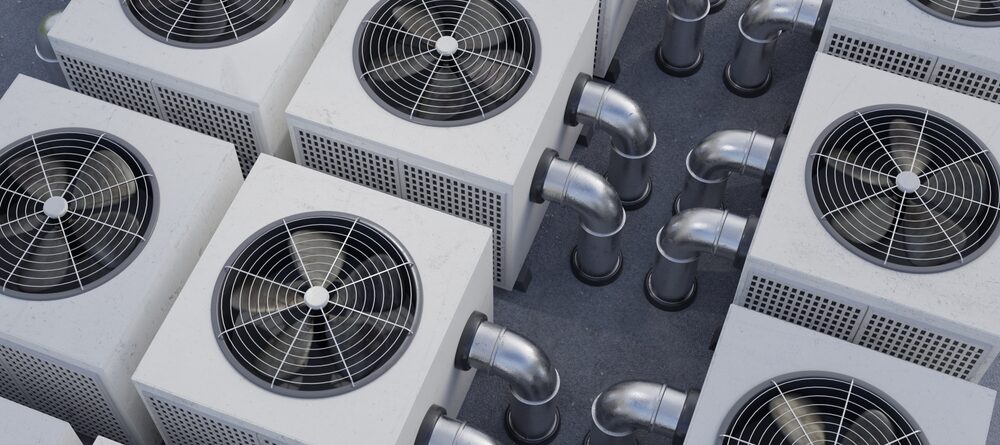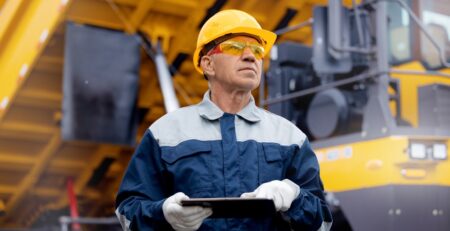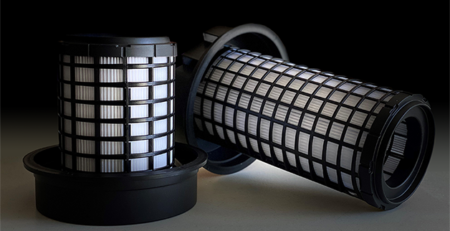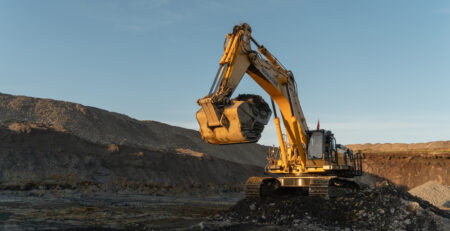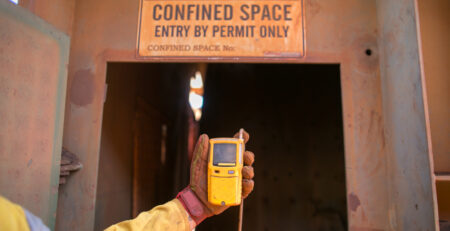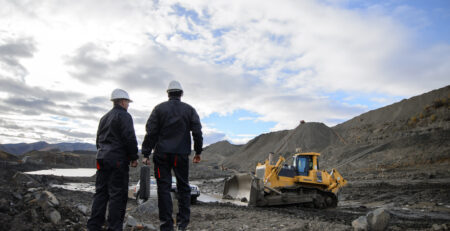Preparing for Spring: Transitioning from Fuel-Fired to AC/HVAC Systems in Construction
In Alberta, construction tends to never stop, regardless of the season. As spring is about to emerge, construction sites across Alberta face the annual task of transitioning from winter heating to spring and summer cooling systems. For construction professionals, this changeover from fuel-fired heaters to air conditioning and industrial HVAC systems is crucial for the comfort of workers and the optimal performance of equipment and materials.
With our innovative climate control solutions expertise, Polar Mobility will guide you through this transition smoothly and efficiently.
Understanding the Transition
The shift from heating to cooling in construction settings involves more than just replacing one system with another. It’s about adapting to the changing environmental conditions to maintain productivity and ensure the safety of all workers on-site.
Fuel-fired heaters, essential during the colder months for keeping workers warm and preventing materials from freezing, must be phased out as temperatures rise. Introducing AC and HVAC systems ensures a comfortable working environment that is vital for worker performance and morale.
Step-by-Step Guide for a Smooth Transition
Assessment and Planning
Begin by thoroughly assessing your current heating setup and identifying the needs for your cooling system. Consider the size of the space, the average number of workers on-site, and the specific requirements of your construction project. Planning will enable you to select the most suitable AC/HVAC system that meets your site’s demands.
Scheduled Maintenance
Before the transition, ensure that your AC/HVAC systems are in optimal condition. This involves cleaning filters, checking refrigerant levels, and ensuring all components function correctly. Scheduled maintenance can prevent unexpected breakdowns and ensure your systems operate efficiently during warmer months.
Gradual Phase-Out of Heating Systems
As temperatures begin to rise, gradually reduce the reliance on fuel-fired heaters. This helps acclimatize workers to the changing temperatures and allows you to address any issues with the cooling systems before they become critical.
Energy Efficiency Considerations
Transitioning to AC/HVAC systems presents an opportunity to focus on energy efficiency. Selecting energy-efficient models, installing programmable thermostats, and ensuring proper insulation can significantly reduce energy consumption and costs.
Training and Awareness
Educate your team about the new systems. This includes training on operating the AC/HVAC systems efficiently and promptly reporting any issues. Awareness can lead to proactive maintenance and prevent minor issues from escalating.
Monitoring and Adjustment
Once the AC/HVAC systems are in operation, continuously monitor their performance. Be prepared to adjust settings and schedules based on actual site conditions and worker feedback. This flexibility can help maintain an optimal working environment throughout the season.
The Polar Mobility Commitment
At Polar Mobility, we understand the challenges construction professionals in Alberta face as the seasons change. Our commitment to providing state-of-the-art climate control solutions extends beyond just supplying equipment. We offer comprehensive support, from system selection and installation to maintenance and training, ensuring a seamless transition from fuel-fired heaters to AC/HVAC systems.
As you prepare for the warmer months, remember that planning, maintenance, and adaptability are the keys to a successful transition. Following these guidelines ensures that your construction site remains a productive and comfortable environment for everyone involved.
Please contact us for more information on how Polar Mobility can assist with your AC and industrial HVAC system needs this spring. Let’s work together to keep your construction site running smoothly, no matter what the Alberta weather has in store.


